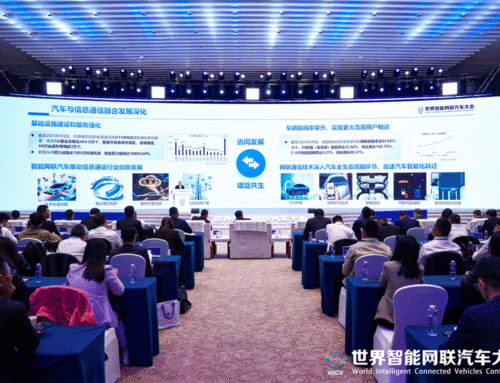On 16 October 2025, China National Institute of Standardization (CNIS) published the Standards Essential Patent Development Report (2025), a follow-up to its 2024 edition. The report highlights the growing convergence of standards and patents in China, extending beyond next-generation information technologies into emerging and future industries. It also notes that legislative, judicial, and enforcement activities concerning SEPs have intensified globally, reflecting their increasing strategic importance in technology, standardization, and intellectual property governance.
CNIS has been compiling an extensive SEP database, including over 600,000 patent declarations related to standards, policy and legal information from 200 international and national organizations, and judicial and enforcement cases from nearly 10 jurisdictions. Leveraging this foundation, CNIS developed an intelligent data platform: “BiaoPu Insight · Insight SEP” (“标朴洞察”) , to support systematic analysis of SEP trends.

The 2025 Report, available in both Chinese and English, presents a comprehensive overview of SEP developments worldwide and is structured into five sections:
Part I – Reference Methods for Standards–Patent Coordination
This section provides methodological references to help innovation actors understand the mechanisms of coordination between standards and patents, participate in coordinated practices along the entire innovation chain, and systematically master coordination rules. It aims to enhance their overall capability in promoting the integrated development of standards and patents.
Part II – Practices of Major International Organizations
It systematically reviews the World Trade Organization (WTO)’s handling of disputes between the EU and China over standard-essential patents (SEPs), presents the latest developments of the World Intellectual Property Organization (WIPO) regarding SEPs, and updates and analyzes SEP-related data within the three major international standardization organizations, the International Organization for Standardization (ISO), the International Electrotechnical Commission (IEC), and the International Telecommunication Union (ITU), covering their overall development, national participation, and technical domains.
Part III – SEP Development Trends in Major Countries and Regions
This section outlines the latest SEP-related strategies, international cooperation efforts, and legislative, enforcement, and judicial practices from 2024 to 2025 in key jurisdictions including the United States, the European Union, the United Kingdom, Japan, South Korea, Brazil, and India, presenting the governance trends and developmental trajectories of SEPs abroad.
Part IV – China’s SEP Achievements and Key Challenges
It quantitatively analyzes the situation and trends of patents involved in China’s national and association standards as of the end of 2024, elaborates on recent developments in SEP-related policies and systems, and summarizes exemplary Chinese practices from three dimensions: dispute resolution, industrial development, and local-level experimentation.
Part V – Policy Recommendations for SEP Governance during the 15th Five-Year Plan Period
Based on the latest trends in SEP development, this section proposes three key recommendations for the early stage of the 15th Five-Year Plan:
- Adopt a holistic approach and strengthen interdepartmental governance synergy.
- Focus on internal capacity building and enhance the role of market innovation actors.
- Deepen research and continuously improve systemic and integrated capabilities.
To access the full Chinese version of the report, please click this link to download: https://www.cnis.ac.cn/bydt/zhxw/202510/P020251016508219719380.pdf
For the full English version, please contact: assistant@sesec.eu




